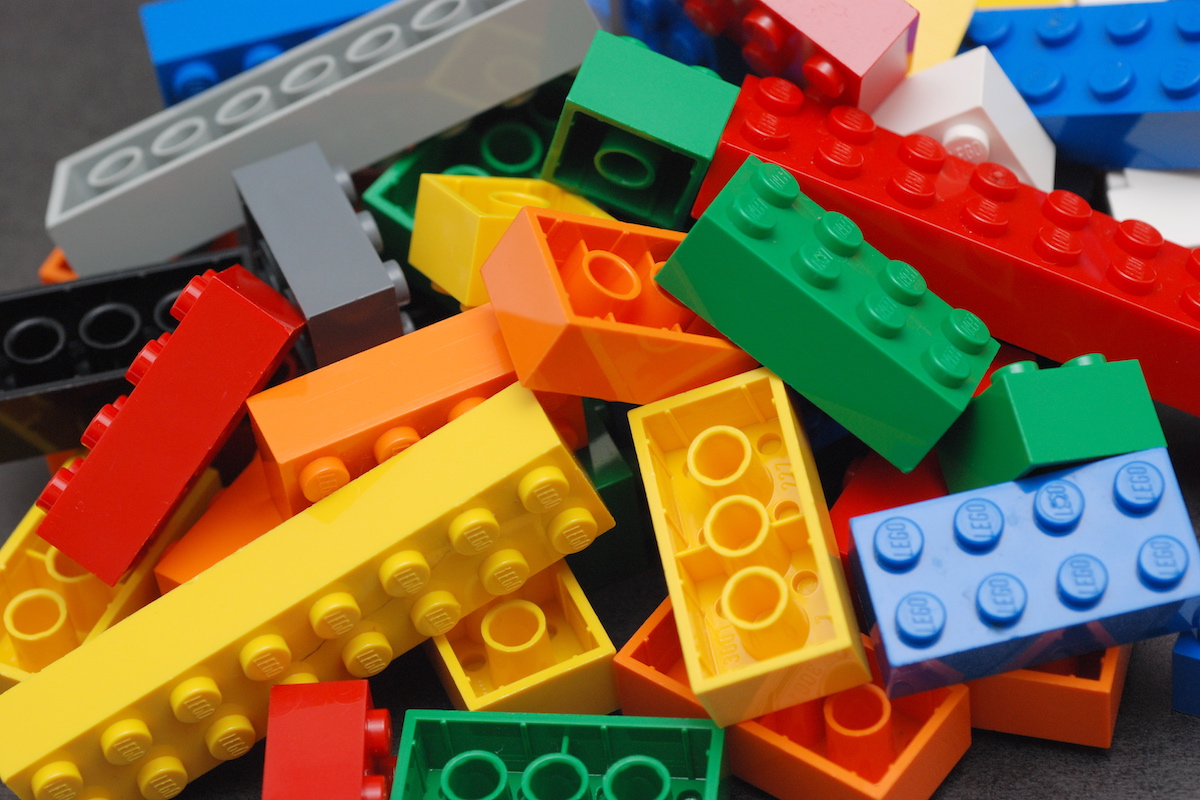Rising from the Ashes: Lessons learned from big enterprise mistakes

The 2019 Ashes series was always going to be challenging for the Australian Cricket team. ‘Getting the banned back together’ ran the headlines with the return of banished cricketers David Warner, Cameron Bancroft and Steve Smith after the infamous ‘Sandpapergate’ incident of March 2018.
But the challenge of the Ashes was real with an in-form English team, a potential maelstrom within the team as the exiled returned to the fold, parochial England supporters, and the collective eyes of global cricket fans upon them as they took to the bat and ball. And let’s not forget this is The Ashes – one of Australia’s most iconic and fiercely contested sporting events. No pressure lads.
From reviled to revered, these comeback kids nailed it with Australia retaining the urn after a 185-run victory in the 4th test – the first series win for Australia on English soil since 2001.
Although Warner had a career shocker and Bancroft was unceremoniously dropped for poor performance (not for sandpaper in his undies this time), it was batting whiz-kid Steve Smith and his 671 runs that proved you can come back from oblivion – and grudges are only held until that first century of the Ashes is smashed.
In all walks of life, we see phoenixes rising – fading film stars in an award-winning role, a smash hit enjoying a second wind for an ageing band, a fashion fail we hope never to see (or wear) again that reappears on the catwalks. Even politicians who can ‘surely not come back from this’, reinventing themselves and finding success (hello, Bill Clinton).
Everyone loves a revival, particularly in the face of adversity or when the odds are stacked.
Likewise, in business, we see comeback stories in which a crisis has been the catalyst that has catapulted a company to the next level of success.
As Albert Einstein once said, "In the middle of difficulty lies opportunity." Rebranding, a new masterplan, cultural changes and a fresh leadership team can create a new start.
Like the Aussie cricketers who spent their banished year in the nets, coming back from the brink requires humility, determination, grit and a desire to survive and to succeed.
Lego
Founded in 1932, Danish toy manufacturer Lego became a global sensation and children’s favourite with its iconic and brilliantly simple interlocking brick design. However, by 2003, Lego was spiralling into bankruptcy losing US$1 million per day.
The original designers from the 1970s and 1980s had been replaced by ‘innovators’ from Europe’s top design schools who were charged with redesigning the range.

And redesign it they did, resulting in an explosion of Lego parts and cost blowouts with 6,000 individual Lego parts climbing to almost 13,000. This required infrastructure expansion and created a logistical and operational nightmare – with no reciprocal increase in sales.
In 2004, Jørgen Vig Knudstorp, a former McKinsey consultant, was appointed as CEO of the foundering company and swiftly moved to consolidate and streamline costs while making sweeping redundancies.
The number of Lego parts was slashed back to 6,000, and the team of ‘innovators’ were disbanded, with creative control put in the hands of hardcore fans to recreate the classic Lego look and feel.
Going ‘back to the brick’ was the call, and today ‘everything is awesome’ with the Lego Group worth US$7.57 billion and wearing the global crown as the most profitable toy manufacturer.
Nintendo
A sign of success is when your product becomes part of the popular vernacular, but it wasn’t always ‘on like Donkey Kong’ for Nintendo.
Founded in 1889 as a playing-card company, the company began manufacturing video games in 1966 and by 1989 profits were skyrocketing with iconic games like Super Mario Brothers and Donkey Kong, and the revolutionary Game Boy console at the world’s fingertips.
However, within five short years, competition in the video game industry had caught up and Nintendo had been knocked off its undisputed lead position by Sony PlayStation and Microsoft Xbox.
In a dire position, Nintendo looked set to emulate Sega’s demise, with the famous Italian–American brothers about to hang up their plumber caps in retirement.
Instead, Nintendo went head-to-head with Sony and Microsoft with the launch of Wii, Wii U, Pokémon Go and, more recently, Nintendo Switch. Creating its biggest success from near failure, the company’s net worth is now US$40 billion.
Apple
And what would be a comeback story without Apple.
In 1984, Apple’s Founder, the late Steve Jobs, was fired by the Apple board he’d created, which had become increasingly nervous of his youth and temperament. However, after Jobs left, the company started to freefall due to ageing software. Apple Macs no longer held a technical advantage over cheaper PCs running Microsoft Windows.
By 1997, Apple was on the brink. Decimated by competition from Microsoft, the company brought Jobs back when he claimed it was 90 days away from going broke. According to Jobs, "The cure for Apple is not cost-cutting but is to innovate its way out of its predicament." Although firstly he was quoted as saying, "The products suck. There’s no sex in them anymore."
Jobs attributed the company clawback to three key factors:
- Microsoft injected US$150 million into Apple in exchange for the rights to include Microsoft Office and Internet Explorer on the Macintosh.
- Apple shifted from its original vision of a computer-only company and introduced a series of smash-hit products – iPods, iPads and iPhones.
- Apple Stores were launched, putting Apple products and the brand smack-bang in front of consumers.
Apple not only pulled itself back from a painful and embarrassing death but soared to eyewatering success. In 2018, Apple became the first publicly traded American company to have a market capitalisation worth more than US$1 trillion dollars.